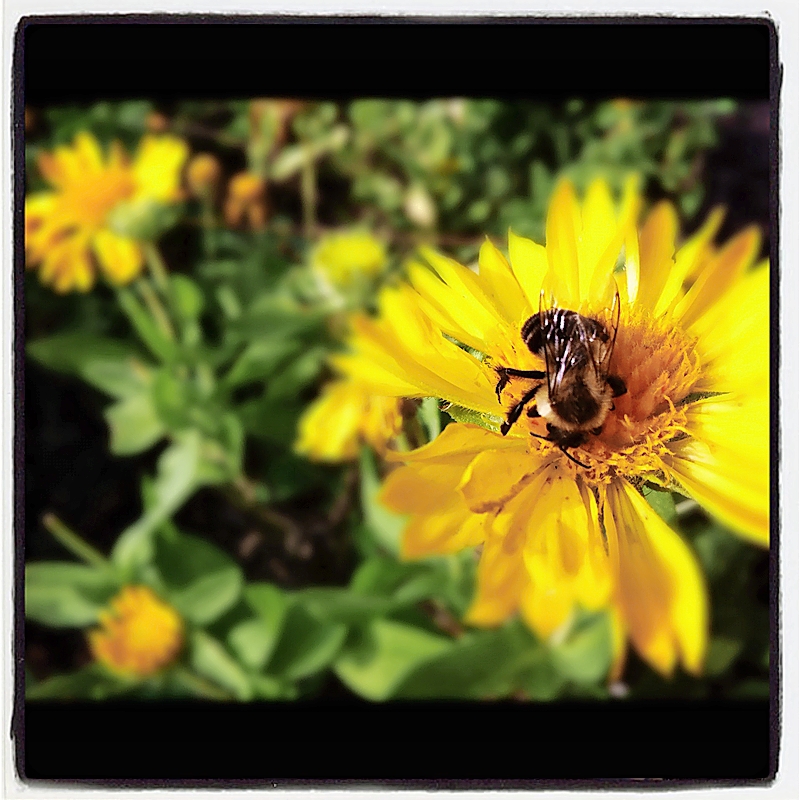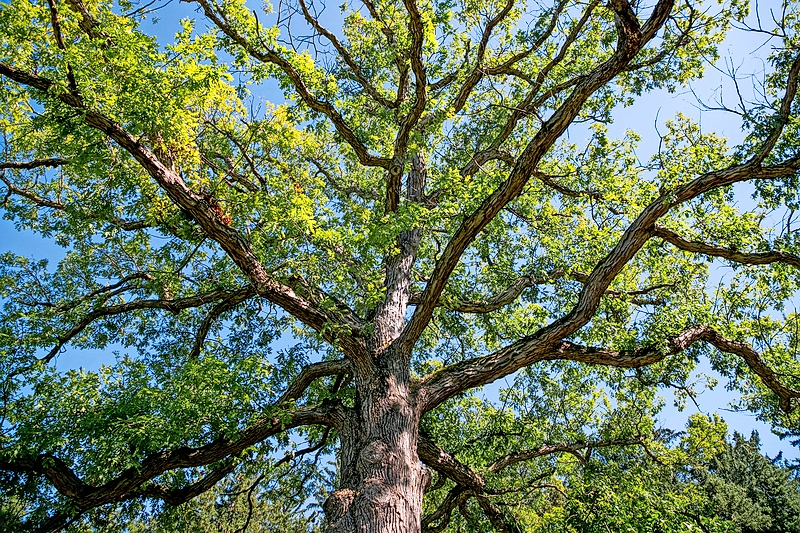Plight of The BumbleBee
By Naperville Magazine
Appears in the June 2022 issue.

By Kelli Ra Anderson
It isn’t your imagination. There are fewer fuzzy black-and-yellow bumblebees browsing among our flowers these days. The American bumblebee, once common across the country, has experienced a whopping 90 percent population decline in the past two decades, according to the U.S. Fish and Wildlife Service.
Alarm bells are ringing. From butterflies to fireflies, pollinators—including the beloved bumblebee—are disappearing, with dire consequences for ecosystems. “But there is good news—there are things we can do to turn all of this around,” says Denise Sandoval, ecological landscape designer and owner of Good-Natured Landscapes in Naperville. “It’s not too late to do something.”

Go native
One of the best practices? “Plant a variety of native trees and shrubs, not just perennials,” says Julie Janoski, plant clinic manager at the Morton Arboretum in Lisle. “A variety will have a longer bloom season to support pollinators, which need food all season.”
Select keystone plants, like those being used in Naperville Park District’s Park Meadow Project, to make the biggest impact:
- Native trees (oak, hornbeam, and linden) and shrubs (chokeberry, serviceberry, crabapple, and wild plum).
- Native perennials (goldenrod, aster, black-eyed Susan, violet, and native sunflower).
- Prairie grasses (Indian grass, big bluestem, little bluestem, and prairie dropseed).
Go natural
One practice contributing to pollinator decline? Fall garden cleanup. “We need to allow native insects and pollinators to overwinter in our gardens instead of scooping them into yard-waste bags and compost piles,” advises Richard Hentschel, longtime horticulture educator with Kane County’s University of Illinois Extension.
- Allow fall leaves to remain on garden beds for overwintering bees, fireflies, and butterflies. Leave garden plant stems and stalks alone (where many pollinators pupate).
- Place some logs or branches in the garden where bumblebees also nest, and leave some natural areas of bare soil for bees that nest in the ground.
- Delay garden cleanup until warm temps in the spring.
Go organic
Herbicides and insecticides also are detrimental to pollinators. “They get absorbed by many plants and then kill monarchs and bees—they are truly bad stuff,” says Amy Coffman-Phillips, a volunteer with the Naperville Environment and Sustainability Task Force.
- Switch to mosquito-preventing products containing Bti (short for Bacillus thuringiensis subspecies israelensis), a bacteria toxic only to mosquito larvae.
- Only use (or ask your lawn service to only use) organic fertilizers and avoid pesticides. Never apply pesticides on blooming plants.
Photos courtesy of Foxburrow Media (BumbleBee) and the Morton Arboretum (white oak)


